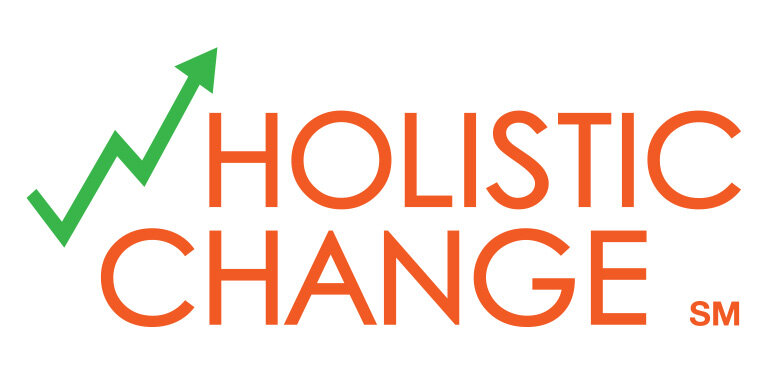As our companies continue to become more global, and our teams more virtual, we are spending more and more time working with people whom we have never met in person. While I am a huge fan of advances in technology, I also recognize that some conversations best happen in person (or at a minimum, through video conferencing, where you can see the real-time reactions on the faces of the people with whom you are communicating).As you develop your communication plan, consider which communications will be best delivered in person, per David Grossman's 6 Reasons to Communicate Face-to-Face:
- Demonstrate the importance of the change. By taking the time to meet with your employees, you are showing that you value them and recognize the importance of their roles in the change.
- Interpret thoughts and feelings of the recipients of your message. "When you are face to face, you can see and respond to people’s reactions – like facial expressions and body language – as well as their tone of voice... This is especially critical when you need employees to adopt new behaviors to advance your goals."
- Enhance credibility and trust. In person communication engenders open dialogue about the case for change, as well as giving the change team a chance to answer questions honestly and directly.
- Build relationships. We have found that after a face-to-face meeting, the virtual relationships are stronger because we have a more personal connection to the person on the other end of the phone and computer.
- Gather feedback. As we at wHolistic ChangeSM have discussed before, a continuous improvement feedback loop is critical in terms of employee engagement in the change. Direct meetings with the employees most affected by the change can result in more candid and insightful feedback to help the change team ensure the deployment proceeds as planned.
- Address sensitive issues. We cannot agree more with Mr. Grossman, "Ultimately your involvement means a lot and taking the time to meet can help turn a challenging conversation into a trust-building interaction."
If you do not have the luxury of being able to schedule an in-person, face-to-face (or video conference) session to communicate your change, recognize that you will need to be more mindful of how you communicate with your organization to ensure the 6 components above are being addressed.

